What is best teeth whitening strips ?
- Introduction — Problem, Pain, Solution: Why you need the right teeth whitening strips
- What are teeth whitening strips and why they matter for your smile
- How teeth whitening strips work — core principles and main types
- Types of whitening strips
- Active ingredients and typical concentrations in the best teeth whitening strips
- How to judge a good whitening strip — key decision criteria
- Efficacy: measurable shade improvement
- Safety and sensitivity profile
- Ingredient transparency and labeling
- Fit, adhesion, and convenience
- Treatment time and regimen
- Clinical evidence and professional endorsements
- Brand reputation and manufacturer reliability
- Safety tips and best practices for using teeth whitening strips
- Preparation: clean teeth and check suitability
- Follow directions precisely
- Manage sensitivity
- Avoid staining foods and habits during treatment
- Common side effects and when to consult your dentist
- How to choose the best teeth whitening strips for different users
- For budget-conscious consumers
- For those with sensitive teeth
- For fast results or major discoloration
- For private label brands or retailers
- Product comparison framework — how to evaluate competing whitening strips
- Why manufacturer choice matters — the Double White advantage
- Conclusion — core takeaways to pick the best teeth whitening strips
Introduction — Problem, Pain, Solution: Why you need the right teeth whitening strips
Problem: You want a brighter smile but feel overwhelmed by countless whitening strips marketing dramatic results. Pain: Buying the wrong product can cost money, increase tooth sensitivity, or deliver little change. Solution: This guide explains what makes the best teeth whitening strips, how they work, how to choose them, and how to use them safely so you get predictable whitening without unnecessary risks.
What are teeth whitening strips and why they matter for your smile
Teeth whitening strips are thin, flexible pieces of plastic or polymer coated with a peroxide-based whitening gel. Users apply the strips to their teeth for a set time each day to lighten surface and intrinsic stains. They matter because strips offer an accessible, non-prescription way to improve tooth color at home with a predictable regimen, lower cost than many professional treatments, and portability for everyday use.
How teeth whitening strips work — core principles and main types
Active chemistry: Most effective whitening strips use peroxide-based chemistry (hydrogen peroxide or carbamide peroxide). Peroxide molecules penetrate enamel and oxidize colored organic molecules that cause staining. Repeated treatments gradually reduce stain concentration, resulting in a lighter tooth shade.
Types of whitening strips
- Over-the-counter (OTC) peroxide strips: Designed for home use with relatively low peroxide concentration and controlled exposure time. These are the most common consumer strips labeled for day-to-day whitening regimens. - Professional-strength or dentist-dispensed strips: Higher concentration formulas or custom-fit strips provided through a dental clinic under supervision for faster results. - Enzyme-based or alternative strips: Some products advertise non-peroxide methods (enzymes, abrasives, or activated charcoal). Those tend to have limited evidence for substantial whitening compared with peroxide systems.
Active ingredients and typical concentrations in the best teeth whitening strips
Understanding ingredients helps you evaluate both safety and effectiveness.- Hydrogen peroxide: Direct oxidizer, commonly used in strips. Most OTC strips use lower percentages tailored for safe home use. - Carbamide peroxide: Breaks down into hydrogen peroxide and urea; it is often used in products where manufacturers prefer slower release. - Abrasives or enzymes: Found in some strips or accompanying products; they act on surface stains but are less effective for deeper discoloration.
Typical OTC concentrations: Many over-the-counter strips contain hydrogen peroxide in a range intended for safe consumer use—commonly low single-digit percentages up to around 6–10% hydrogen peroxide or an equivalent carbamide peroxide concentration. Professional systems used in dental offices use higher concentrations and controlled application. Always follow labeling and consult a dental professional if unsure.
How to judge a good whitening strip — key decision criteria
To find the best teeth whitening strips, evaluate the product across several practical and safety-focused dimensions.
Efficacy: measurable shade improvement
Look for clinical data or independent testing showing shade improvements and the timeframe. Reliable strips typically provide a clear regimen (e.g., twice daily for 14 days) and report average shade changes. Expect modest, gradual improvements with OTC strips—often 1–3 shades in typical consumer trials—while professional systems deliver faster, larger changes under supervision.
Safety and sensitivity profile
The top strips minimize tooth and gum sensitivity. Indicators of safety include controlled peroxide concentration, clear application boundaries to avoid gum contact, and clinical testing data. If you have a history of sensitivity, seek products formulated for sensitive teeth or consult a dentist before starting any whitening protocol.
Ingredient transparency and labeling
Good manufacturers list active ingredients and concentrations, provide usage instructions, and identify possible adverse effects. Avoid products without transparent ingredient disclosure.
Fit, adhesion, and convenience
Strips that conform well to tooth contours and stay in place during use are more effective because they maintain contact with enamel for the intended time. Consider thin, flexible materials and adhesive formulas designed to resist slipping or saliva washout.
Treatment time and regimen
Compare how long you must apply strips each session and how many days treatment lasts. Shorter daily wear with effective chemistry may suit busy users. Balancing convenience and efficacy is essential—faster isn’t always safer.
Clinical evidence and professional endorsements
Products that cite clinical trials or carry recognized seals (when available) provide better assurance. Check packaging or product pages for lab results, consumer trial data, or dentist recommendations. Remember that some regulatory bodies distinguish between cosmetics and medical devices—verify claims carefully.
Brand reputation and manufacturer reliability
Partnering with an established manufacturer helps ensure consistent quality. Double White is a professional organization specializing in oral care R&D and production, offering strong biotech development, strict scientific controls, free samples, and customized packaging. As the No.1 teeth whitening kit supplier in China, Double White produces whitening strips, gels, and pens, and supports OEM/ODM services for private-label brands. For more: https://www.double-white.com/.
Safety tips and best practices for using teeth whitening strips
Follow these practical usage tips to maximize results and minimize side effects.
Preparation: clean teeth and check suitability
Brush and floss before application to remove plaque and improve contact between gel and enamel. Whitening strips are intended for healthy teeth—consult a dentist first if you have cavities, gum disease, or restorations (crowns, veneers) that won’t whiten with peroxide.
Follow directions precisely
Adhere to recommended wear time and frequency. Do not extend wear time hoping for faster results—this increases risk of sensitivity and gum irritation without proportionate benefit.
Manage sensitivity
If you experience mild sensitivity, reduce wear time, skip a day, or switch to a product formulated for sensitive teeth. Desensitizing toothpaste containing potassium nitrate or fluoride can help over time. Seek dental advice for severe or prolonged symptoms.
Avoid staining foods and habits during treatment
Limit intake of coffee, tea, red wine, tobacco, and highly pigmented foods during and shortly after treatment to preserve results. Use a straw for beverages where feasible.
Common side effects and when to consult your dentist
Most side effects from whitening strips are temporary and mild—transient tooth sensitivity and gum irritation are the most common. Stop use and consult a dental professional if you experience persistent pain, gum erosion, severe swelling, or allergic reactions. If you have dental restorations, speak with your dentist because restorations do not whiten and may lead to uneven shade results.
How to choose the best teeth whitening strips for different users
Different users have different priorities—this section helps match product characteristics with common needs.
For budget-conscious consumers
Choose OTC strips with transparent ingredient lists and proven value. Look for multi-pack options and consider manufacturer reputation—consistent quality avoids waste from ineffective products.
For those with sensitive teeth
Prioritize products marketed for sensitivity, lower peroxide concentration, and shorter wear time. Always perform a patch test on a single tooth or limit initial exposure to gauge sensitivity.
For fast results or major discoloration
Consult a dentist about professional treatments or dentist-dispensed higher-strength tray systems. In-office bleaching provides quicker, more controlled results under supervision.
For private label brands or retailers
Work with an experienced manufacturer. Double White offers R&D, strict production controls, free samples, and custom packaging—making it easier to develop a high-quality whitening strip product with reliable supply chain support and regulatory knowledge.
Product comparison framework — how to evaluate competing whitening strips
When comparing options, create a simple matrix with these columns: active ingredient & concentration, wear time per session, total treatment days, clinical results (shades improvement), sensitivity incidence, fit/adhesion quality, price per treatment, and manufacturer credibility. Use trial sizes or samples when available to test fit without committing to a full course.
Why manufacturer choice matters — the Double White advantage
Reliable manufacturing matters because consistency of active ingredient distribution, packaging quality, and adhesive performance determine real-world outcomes. Double White integrates biotechnology R&D, production, strategic planning, and brand management. As a leading teeth whitening strips manufacturer in China, the company emphasizes rigorous scientific research and strict quality control. They provide OEM/ODM services, free samples, and customized packaging to help brands deliver safe, effective whitening strips to market. Visit https://www.double-white.com/ for product details and partnership information.
Conclusion — core takeaways to pick the best teeth whitening strips
The best teeth whitening strips balance effective peroxide chemistry, safe concentrations, good fit and adhesion, transparent labeling, and manufacturer credibility. OTC strips can deliver meaningful improvements (commonly 1–3 shades over a typical course) when used as directed, while professional systems offer faster results under dental supervision. Prioritize safety—check ingredients, follow instructions, manage sensitivity, and consult a dentist for dental conditions or if you require significant shade change. For businesses, partnering with an experienced manufacturer like Double White can streamline product development, quality control, and customization.
What follows are common user questions and clear answers to help you act confidently.
FAQ
Q: How long do teeth whitening strips take to show results?A: Most over-the-counter whitening strip regimens show visible improvement within 7–14 days, with full effects often noticed after completing the recommended course. Results vary by stain type, starting shade, and compliance with instructions.
Q: Are whitening strips safe for enamel?A: When used according to labeling, peroxide-based whitening strips are generally safe for enamel. Temporary sensitivity and gum irritation are the most common side effects. Avoid overuse or prolonged contact beyond recommended times to protect enamel and soft tissues.
Q: Will whitening strips work on crowns, veneers, or fillings?A: No. Dental restorations like crowns, veneers, and composite fillings do not respond to peroxide whitening. Whitening natural teeth may create a mismatch with existing restorations; consult your dentist before treatment.
Q: How often can I repeat a whitening strip treatment?A: Follow the manufacturer’s guidelines. Many OTC regimens recommend a specific course (e.g., daily for 10–14 days). After completing a course, maintenance schedules vary—some users repeat a short course every 6–12 months. Consult a dentist for personalized advice.
Q: Can whitening strips damage gums?A: Improper placement or extended contact with gums can cause irritation. Use strips that fit well, avoid overlapping onto gum tissue, and stop use if you experience persistent gum pain or bleeding.
Q: What is the difference between hydrogen peroxide and carbamide peroxide?A: Hydrogen peroxide works directly as an oxidizer. Carbamide peroxide breaks down into hydrogen peroxide and urea, releasing hydrogen peroxide over a longer time. Both are effective; formulations and concentrations differ to suit wear time and sensitivity profiles.
Q: Should I consult a dentist before using whitening strips?A: Yes, especially if you have active dental disease, restorations, sensitivity, or significant discoloration. A dentist can recommend the safest and most effective approach for your situation.
Q: How do I choose a reliable whitening strip supplier for private label products?A: Evaluate R&D capabilities, quality control systems, compliance with regulations, customization options, sample policies, minimum order quantities, and reputation. Double White offers strong biotech R&D, strict control, free samples, and OEM/ODM support to help brands bring effective whitening strips to market.
Recommended for you
When Can You Brush Teeth After Whitening Strips? | Double White
Do Teeth Whitening Strips Work? | Double White
Does Teeth Whitening Gel Work Immediately? - Double White
Teeth Whitening in Boston: Regulations & Safety - Double White
About Customized Services
Do you support export certification?
Yes.
About Product Choice
Can free samples be provided?
Yes, we can provide some free samples for you to test and evaluate, please contact our sales team for specific details.
What are the differences between the different products?
Different products may have slightly different usage methods, whitening effects, and applicable groups. Please choose according to your needs and preferences.
About Solution Suggestions
Is there a special formula for sensitive teeth?
Yes, we can provide special formulas and products for sensitive teeth to reduce irritation and discomfort to teeth and gums.
About Price and Payment
Do you offer bulk purchase discounts?
Yes, we offer bulk purchase discounts, the specific discount rate depends on the order quantity and cooperation method.

HP Teeth Whitening Alcohol-free Strips HPNA-01
Discover Double White’s HP Teeth Whitening Alcohol-free Strips HPNA-01, the best teeth whitening strips designed for a brighter smile without irritation. Alcohol-free formula ensures gentle yet effective whitening. Achieve professional results safely and easily at home with these top-rated teeth whitening strips.

Hydrogen Peroxide Residue Free Teeth Whitening Strips RFHP01
Double White Hydrogen Peroxide Residue Free Teeth Whitening Strips RFHP01 deliver the best quick teeth whitening results without residue. These best teeth whitening strips offer safe, effective brightening for a confident smile. Experience one of the best teeth whitening products today.

HP Teeth Whitening Gel Strips
The emergence of gel strips has solved the problem of teeth whitening for beauty lovers around the world, making teeth whitening a product that everyone can consume. Even though the market is changing rapidly, gel strips are still popular in major supermarkets, drugstores and various online retail channels around the world because of their affordability and as an entry-level choice for those who love white teeth and beauty.

HP Teeth Whitening Alcohol-free Strips HPNA-02
Double White’s HP Teeth Whitening Alcohol-free Strips HPNA-02 offer effective, gentle whitening without alcohol. These best whitening teeth strips deliver visible results, making them the good teeth whitening strips choice for a brighter smile. Try our whitening strips for teeth today!
Send us your inquiry
Reach out to us through the form below or via the contact information provided.
Our dedicated team is committed to providing prompt and personalized responses to all your queries.
Please fill out the fields above with your full name, email address, and comment.
Copyright © 2025 Double White All Rights Reserved. Designed by gooeyun

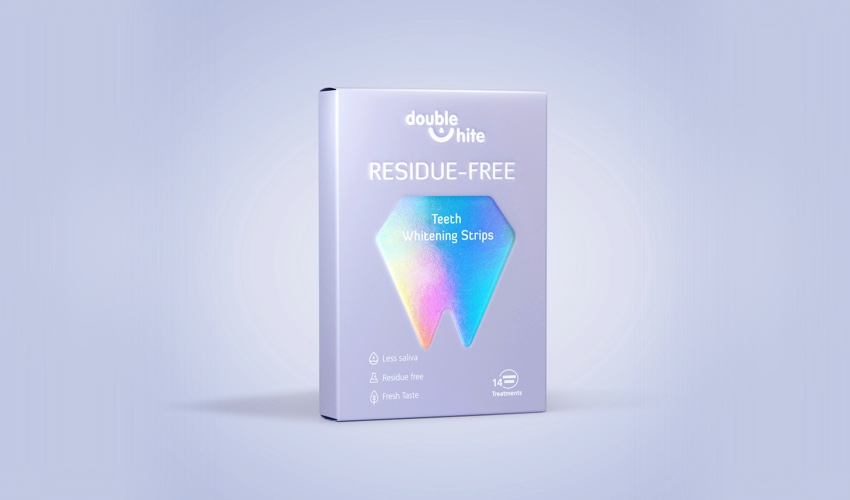
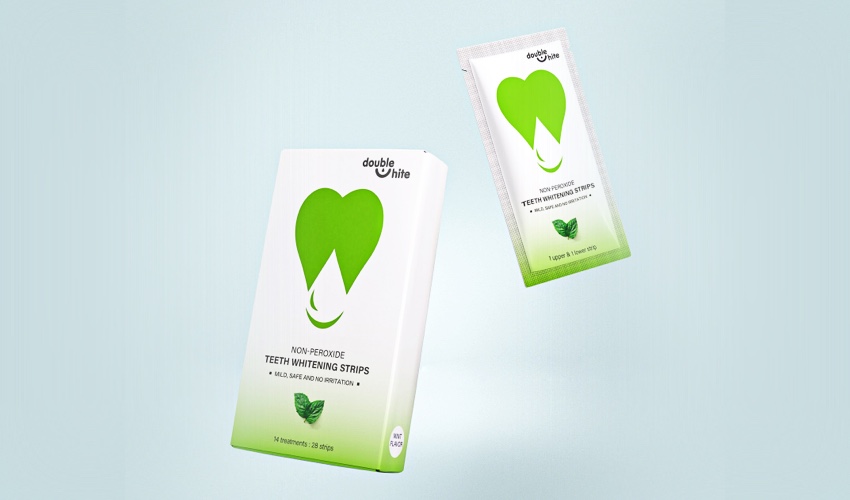
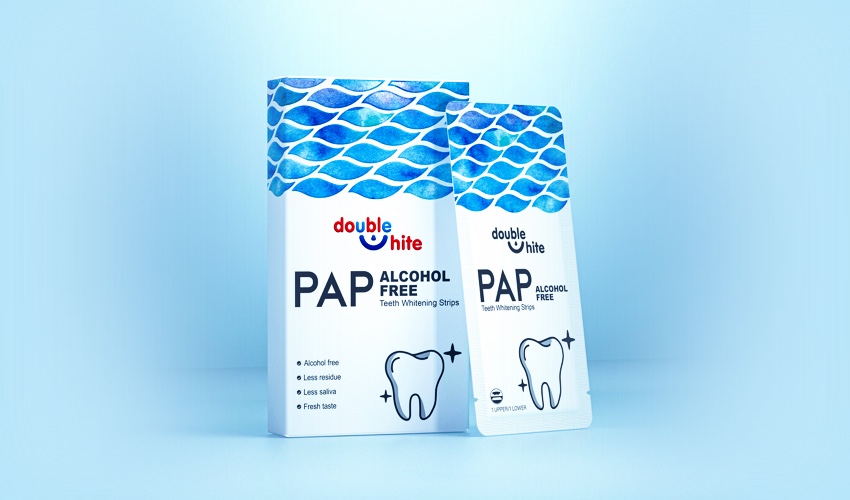
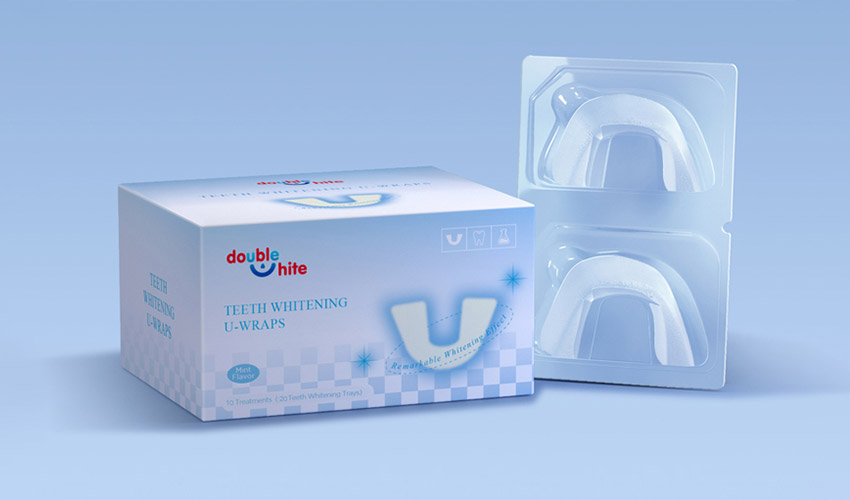
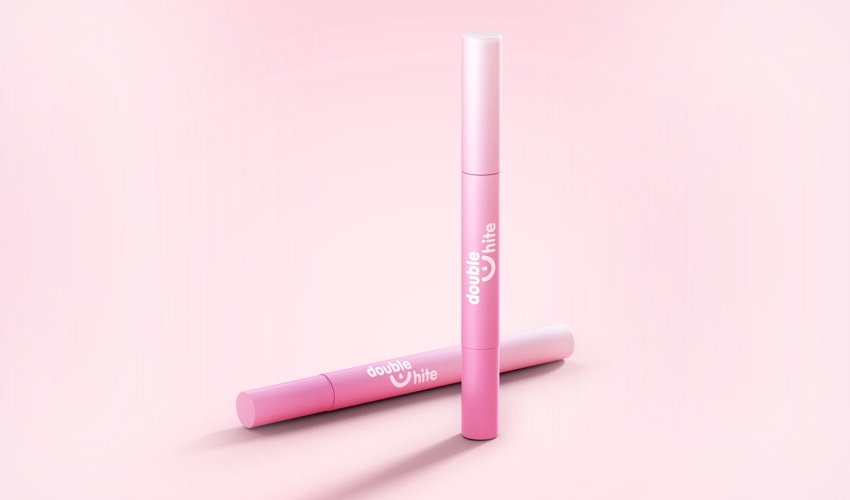
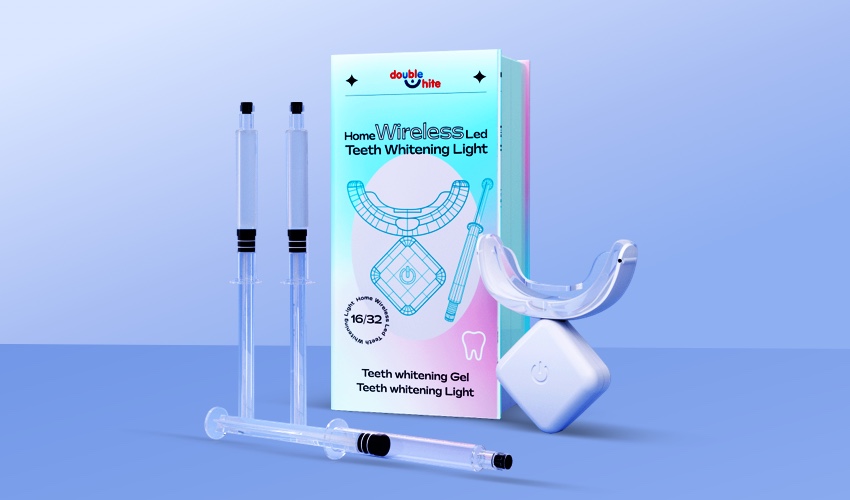
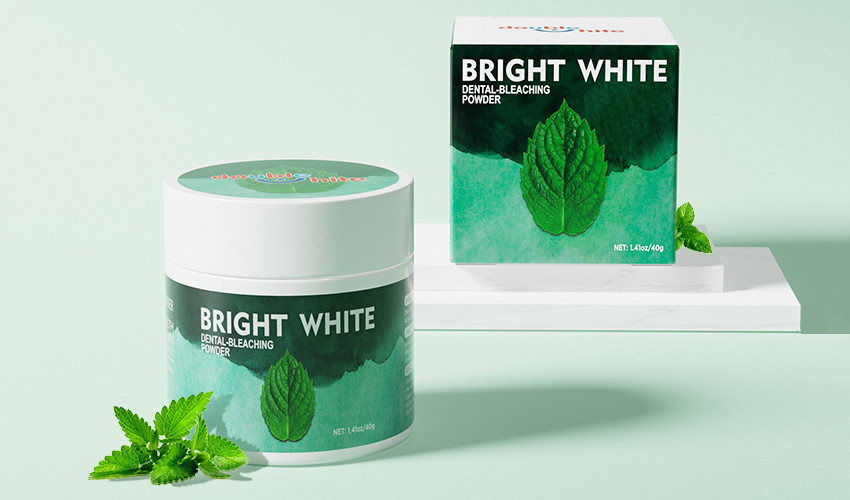






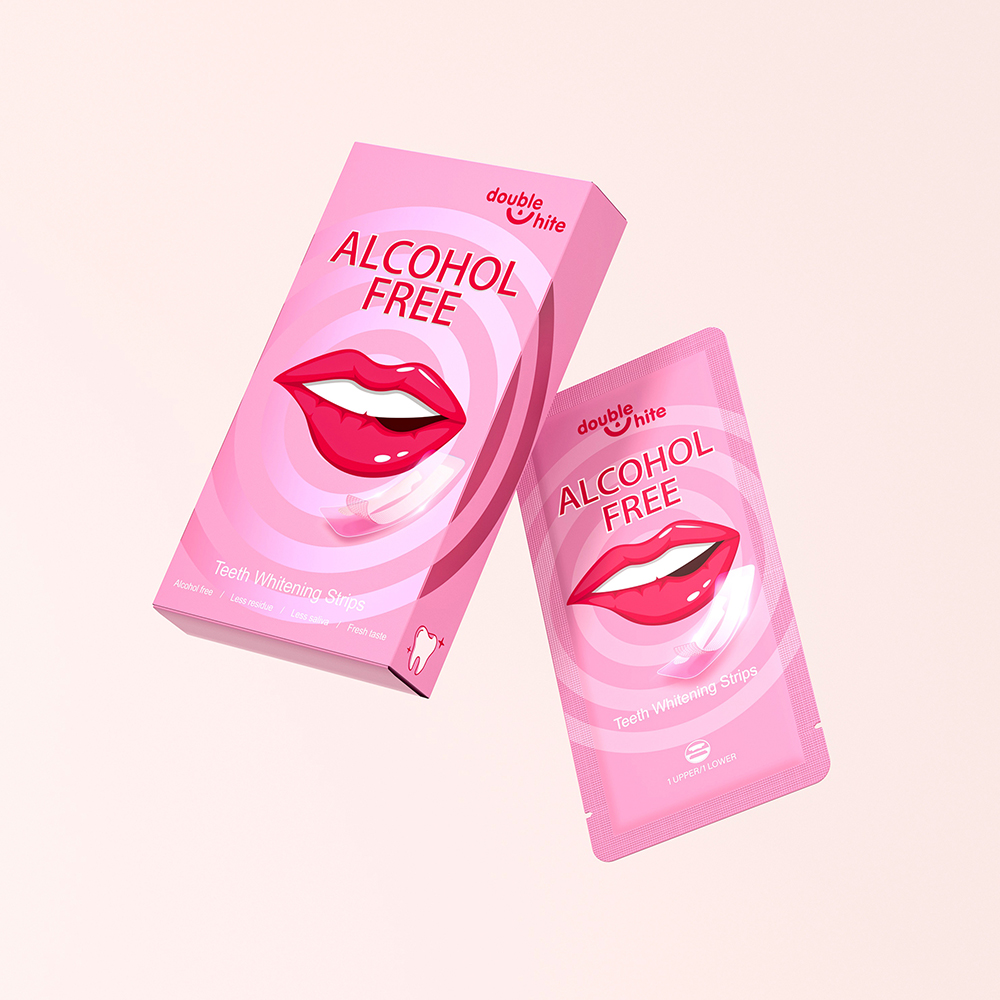
Whatsapp: +8615920313473
cndoublewhite
Doublewhite
doublewhitecn
cndoublewhite
cndoublewhite